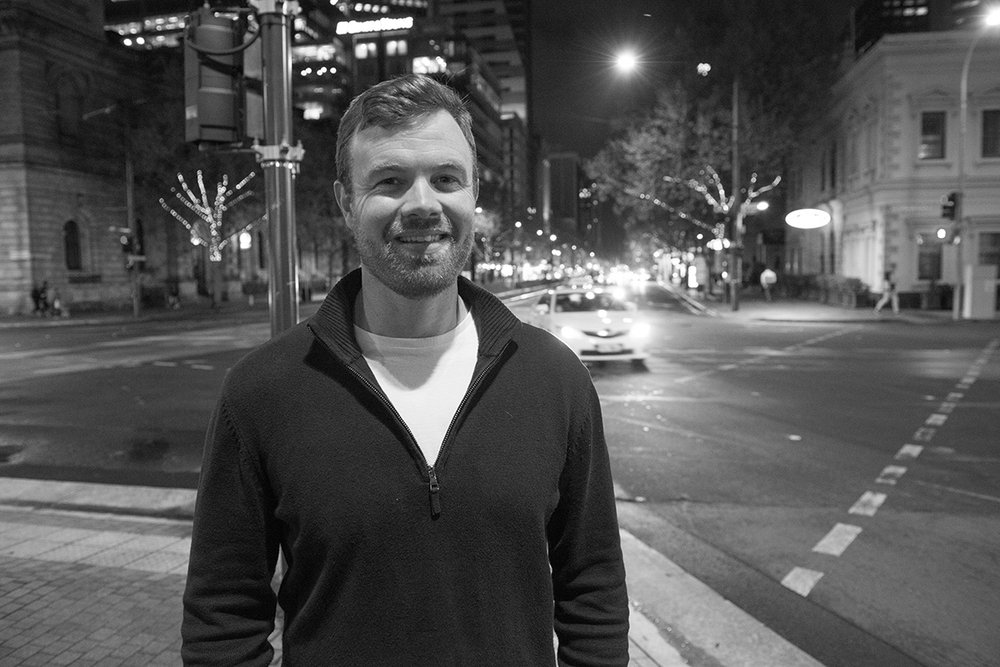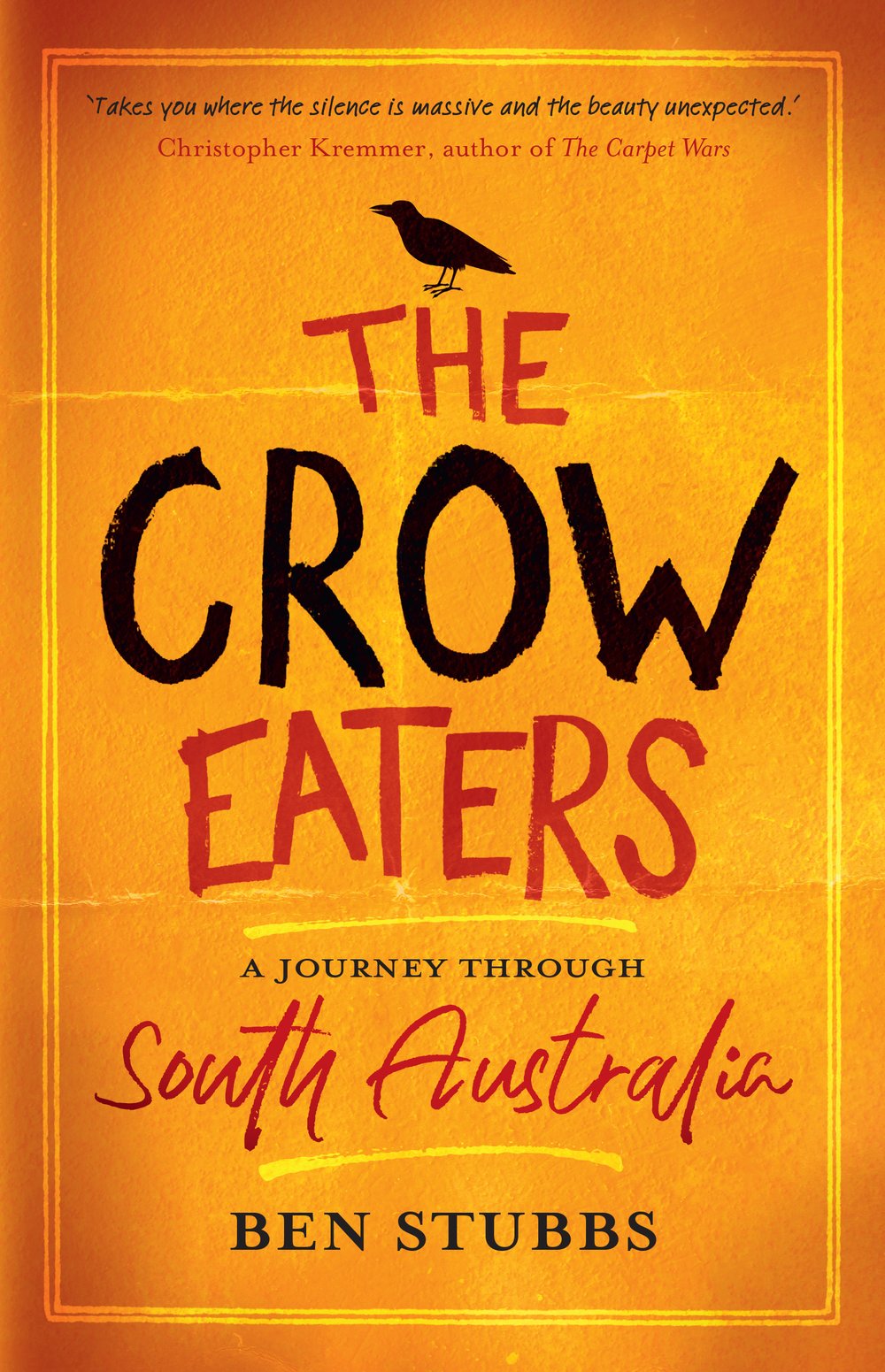Extract from The Crow Eaters: A journey through South Australia by Ben Stubbs
CHAPTER 1 A beginning
O ‘Arcadian Adelaide,’ may you improve – may
your people prosper, and be happy, in order that
they may remain in their own Village, and inflict
themselves less on the outside world.
Thistle Anderson, Arcadian Adelaide (1905)
South Australia often sits happily on the periphery of Australian understanding – out of sight and out of mind. Outsiders are often aware that the settlers here weren’t convicts, that eight bodies were found in barrels in a Snowtown bank vault and that the wine is nice, though for a state that is larger in area than all but 30 countries in the world – nearly twice the size of Spain and three times larger than Italy – it is confounding that so many of South Australia’s other stories remain on the edges.
The idea that South Australia is a place not worth one’s time goes back to the early 20th century. Thistle Anderson was a local poet, actor and satirist when she wrote a 40-page pamphlet, Arcadian Adelaide, to shine a light on the dullness of South Australia. She remarked that in 1905 the world was in the tumultuous grip of a Russian revolution, the Russo-Japanese war which claimed hundreds of thousands of lives, the Moroccan crisis which pre-empted the First World War, and the discovery of Einstein’s Theory of Relativity, yet the only notable occurrence in Adelaide, according to the state’s yearbook, was the opening of South Australia’s first kindergarten. Thistle was the nom de plume of Mrs Herbert Fisher of North Adelaide, who had had enough of the nothingness of the ‘City of Churches’. So this educated woman, originally from Scotland, took the genteel city to task for its inability to shift the status quo, to get some blood pumping in its veins. She chastised Adelaide and wrote that it was a place only ‘remarkable for drunks’ and plain women, yet she also apologised to the broader public for the poor quality of the state’s wine at the time. Thistle wondered if the main industry in Adelaide was ‘child-bearing’, though she was also curious whether the ‘Almighty Himself would approve of the perpetuation of some of the Village family-trees’ in Adelaide’s suburbs that were becoming alarmingly inbred. She thought the best thing about Adelaide was that ‘you could buy a ticket to Melbourne at the railway station’ to get out as quickly as you could.
Thistle lit something of a fire under the backsides of the previously polite Adelaideans. She was scorned from all sides; critics told her to ‘quit books for babies’ and that a little knowledge was a dangerous thing, especially for a woman. The broadside Thistle launched at the South Australian public also brought widespread praise for her wit and ‘sledge-hammer like force’ in waking up people. Shortly after her pamphlet’s release, Thistle left Adelaide for San Francisco and she never returned, though what her writing did was to get people from within South Australia and around the country to take notice of Adelaide, to talk about the state, to defend the city and to offer their own stories and experiences to show it as something more than a dull capital of booze and large families.
South Australia has once again become buried in hysteria and rhetoric. It is time to explore the state that looks like an apologetic frown on the southern edge of the Australian mainland to see what it is like beyond the clichés and the media scorn for wind energy, unemployment and out-of-touch politicians.
South Australia has become an enigma. It is either the butt of jokes or it’s treated as some tourism utopia of wine and wildlife, as seen with recent articles from The New York Times and Lonely Planet naming the state as one of the best places in the world to visit. What is there here beyond these broad strokes? There’s a big space of grey in the middle of its nearly one million square kilometres.
With the ease of travel it is little wonder that South Australia, and South Australians are often overlooked. You can be in a yurt on the Mongolian steppe within two days if you really want to be; you could be slurping gelato on the Amalfi Coast with minimal fuss by the weekend; or you could even be in Bali before breakfast tomorrow.
Despite this ease, the notion of travel is changing. An era of looking closer is approaching, where travelers will begin to look around them and below them, rather than always afar. With the precariousness of Donald Trump’s administration forcing even the most placid and mainstream travellers to re-think their need to go abroad, the time to look beneath our toes is upon us.
Ben Stubbs' book The Crow Eaters: A journey through South Australia will be published by NewSouth in August 2019.



